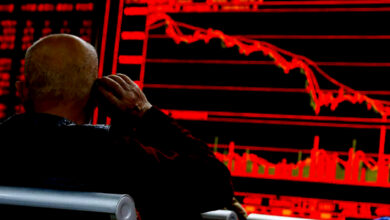Trade of Asia
Gold Price Pakistan today on, 21 June 2022

KARACHI: Today, June 21, 2022, the gold Price in Pakistan changed. At the end of the day, the price of gold was Rs. 142390 per tola and Rs. 122080 per 10 grams.
Usually, the price of gold in Pakistan depends on things like the exchange rate between US dollars and Pakistani rupees (PKR) and how the international gold market is doing. Gold comes in 24K, which is the purest form. It also comes in 22K, 21K, 20K, and 18K.
The gold rate in every city is set by the Karachi Sarafa Bazar Association. Among the cities where the gold rate is different today are Lahore, Islamabad, Karachi, Peshawar, and Multan.
Gold Price in Pakistan today
24k Per tola gold rate in Pakistan is Rs 142390.
| Gold Rate | 24K Gold | 22K Gold | 21K Gold | 18K Gold |
| per Tola Gold | Rs. 142390 | Rs. 130528 | Rs. 124592 | Rs. 106793 |
| per 10 Gram | Rs. 122080 | Rs. 111910 | Rs. 106820 | Rs. 91560 |
| per Gram Gold | Rs 12208 | Rs 11191 | Rs 10682 | Rs 9156 |





